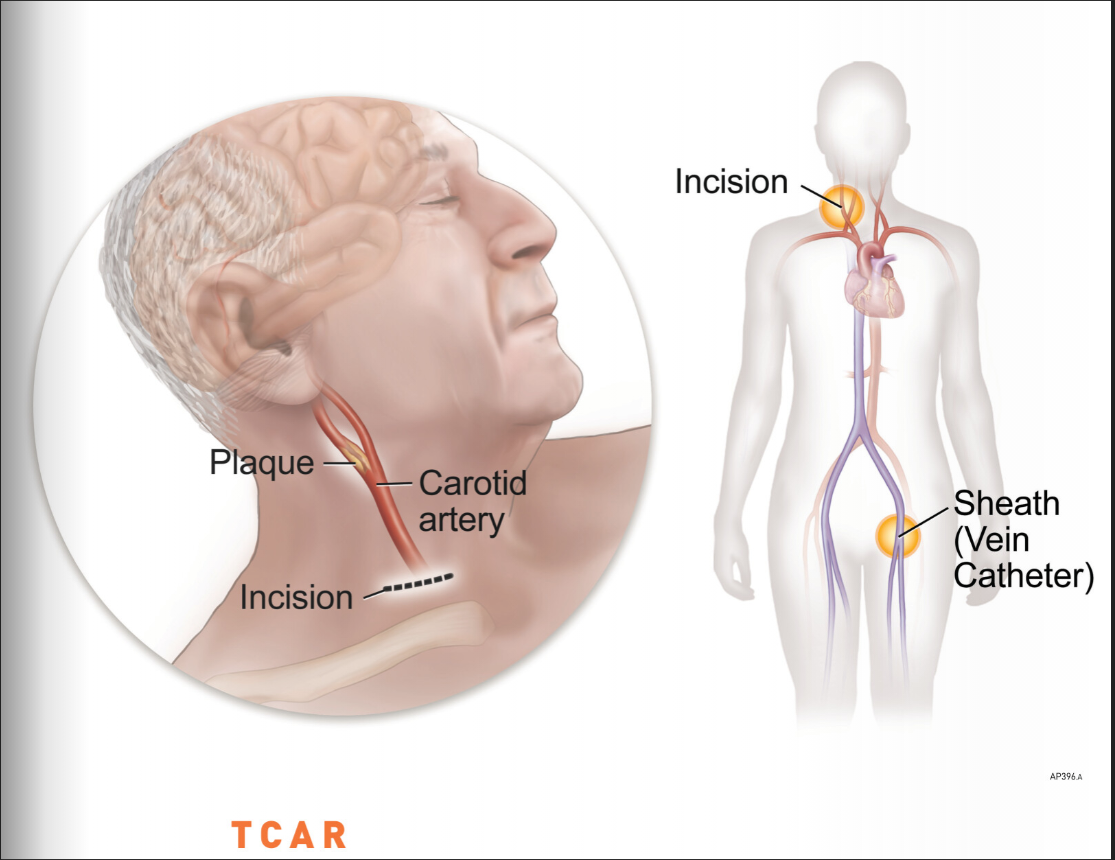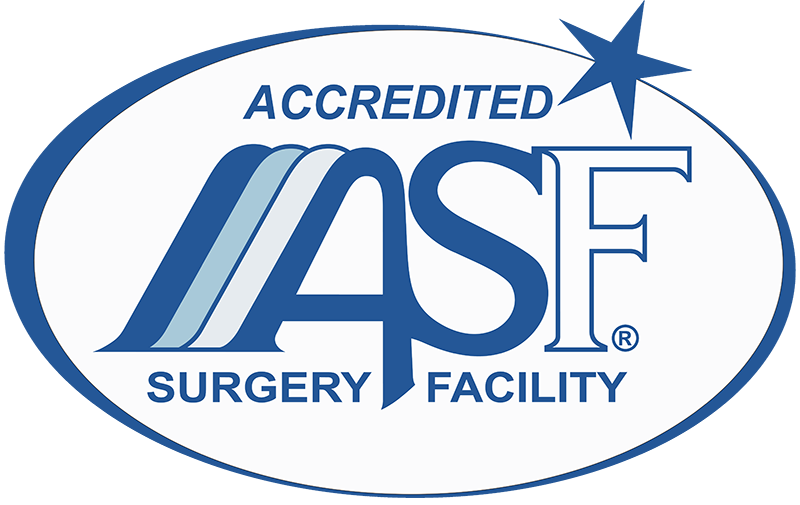Trans Carotid Artery Revascularization (TCAR Procedure)
The carotid arteries are blood vessels that are major source of blood supply to brain. Like other blood vessels these arteries can be affected by atherosclerosis (hardening of blood vessels)— a condition known as carotid artery disease — which can then lead to stroke.
Why is it done?
TCAR procedure may be appropriate stroke treatments or stroke-prevention options if:
- You have a carotid artery with a blockage of 70 percent or more, especially if you’ve had a stroke or stroke symptoms, and you aren’t in good enough health to undergo surgery — for example, if you have severe heart or lung disease or had radiation for neck tumors
- You have already had a carotid endarterectomy and are experiencing new narrowing after surgery (restenosis)
- The location of the narrowing (stenosis) is difficult to access with endarterectomy
Description
A carotid angioplasty and stenting is performed in a sterile surgical suite or standard operating room. You may go home 1–2 nights after the procedure depending on your medical condition.

Risks
Stroke can occur in 1–1.4% of patients with no pre-procedure symptoms ; in 5–7% of patients with pre-procedure symptoms such as stroke, mini-stroke or TIA (transient ischemic attack). After the operation you will be asked to move your arms and legs and be examined by nurses and doctors to make sure that you have not had any new stroke symptoms.
How to prepare
Discuss your condition with family members or other individuals you have designated to participate in medical decisions.
Ask your vascular surgeon whether to continue or modify scheduled medications.
A small incision is made just above the collar bone to expose the common carotid artery. A soft, flexible sheath is placed directly into the carotid artery and connected to a system that will reverse the flow of blood away from the brain to protect against fragments of plaque that may come loose during the procedure.
The blood is filtered and returned through a second sheath placed in the femoral vein in the patient’s thigh. The Neuroprotection system allows balloon angioplasty and stenting to be performed while blood flow is reversed. After the stent is placed successfully to stabilize the plaque in the carotid artery, flow reversal is turned off and blood flow to the brain resumes in its normal direction.
What can I expect after treatment?
Expect to be in the hospital 1–2 days, longer if complications develop, in which case a stay at a rehabilitation facility may be needed.
You may notice soreness in the groin at the site of access and possibly a very small lump. This improves over time.
You will see your vascular surgeon and have a carotid ultrasound to look at the artery. This will be done once or twice a year to make sure the plaque has not accumulated again.


